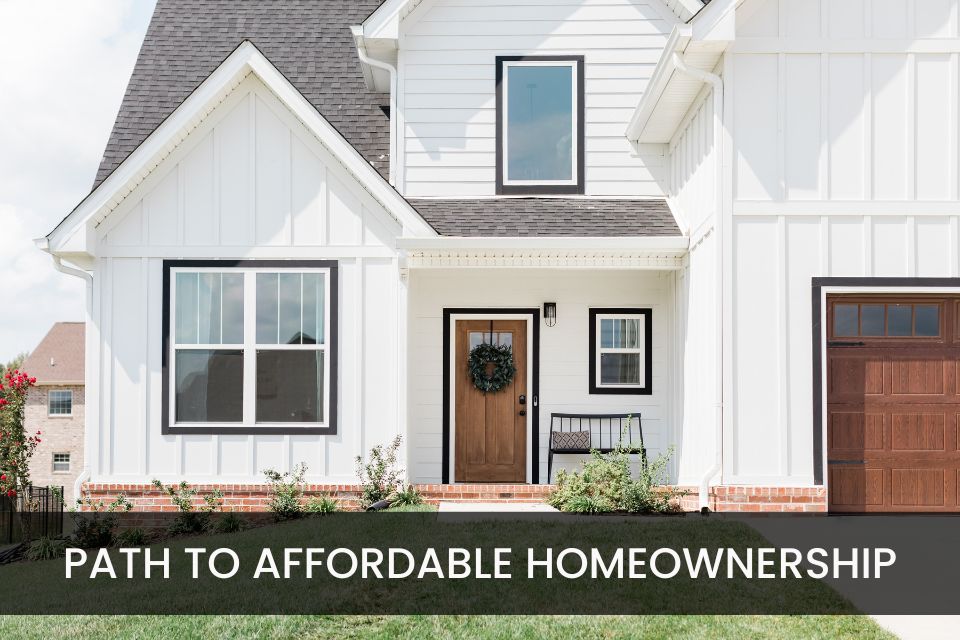In today’s increasingly expensive housing market, multi-generational living
has emerged as a practical solution for families seeking homeownership.
By pooling resources and sharing living spaces, this lifestyle not only allows
more people to achieve their dream of owning a home but also offers
additional benefits in child and elder care.
Here’s how one might leverage this strategy:
· Financial Resources – Combine income, savings, and credit to build
a strong financial foundation for purchase. By using all available resources,
the family may be able to purchase a larger home than they could alone.
· Space Optimization – Multi-generational homes often feature
separate living suites or accessory dwelling units (ADUs) or in-law flats.
Finding some kind of separation allows more flexibility and privacy.
· Shared Responsibilities – Discuss the distribution of chores, costs,
and maintenance tasks. This not only provides for a shared burden but
removes the opportunity for disagreement or disappointment.
· Estate Planning – Multi-generational homeownership might make
inheritance strategies easier or harder & can also create misunderstandings among
siblings not involved in the living arrangements. Clear estate planning is
essential, consult an estate planning attorney.
· Clear Expectations – Be very clear about expectations for lifestyle.
Discuss childcare, elder care, family time, etc.
The most important thing is to have open communication. Expectations on
both sides can create challenges without clear guidelines and
conversations. The benefits of multi-generational living can be enormous.
Prompted by the housing affordability crisis, multi-generational living is
becoming more practical and desirable. With a little communication and
planning, this offers families new options for owning a home.

Recent Comments